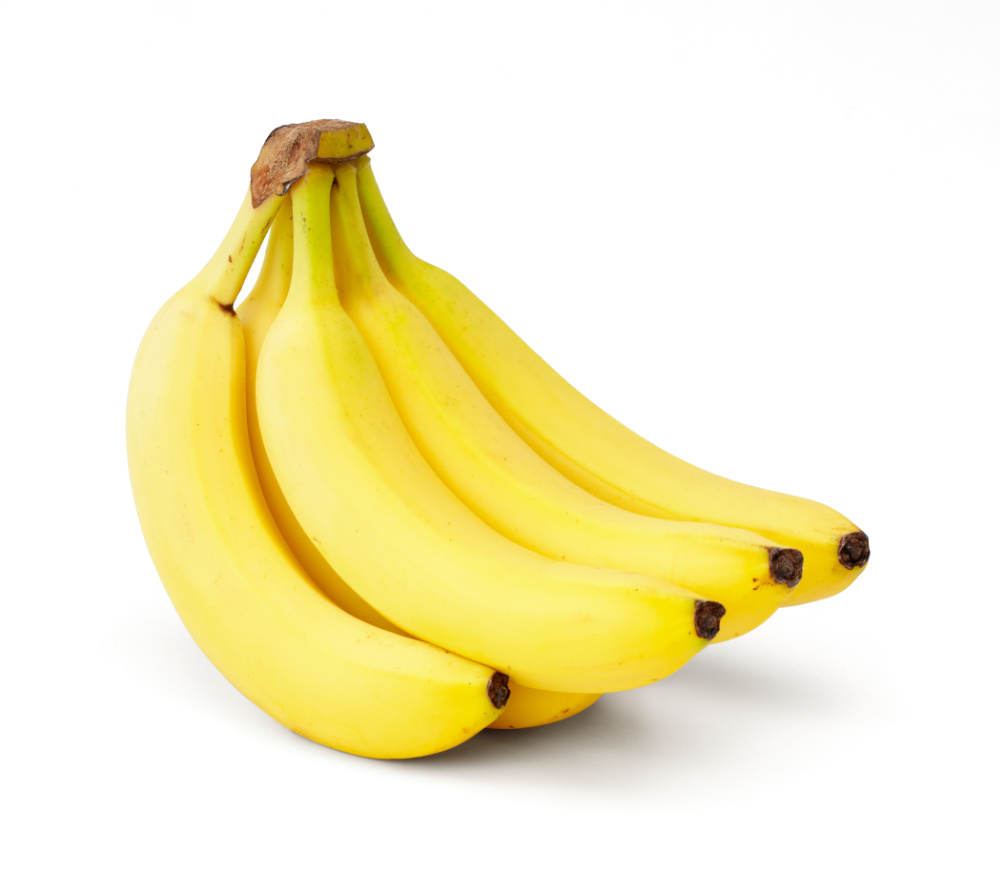Growing
Australian Bananas are grown on commercial plantations in Queensland, New South Wales, Western Australia and the Northern Territory. A well planned plantation incorporates good soil types, safe all-weather access, row design to suit typographic conditions, irrigation design, plant spacings, and specialised erosion control and drainage structures.
From the time of planting it usually takes 12 months or so to produce the first bunch of bananas, with subsequent bunches every 8-10 months thereafter. A bunch averages 150 to 200 bananas and weighs approximately 35-50 kilograms. When the bunch is harvested, the parent or mother plants trunk is cut through at about head height. The section of trunk that's left standing nourishes the young 'sucker' plants that grow at its base. These plants go on to produce their own bunches. The top part of the mother plants trunk becomes organic plantation matter.
 A banana plantation in Queensland.
A banana plantation in Queensland.Picking
Picking of Australian Bananas is completed year-round, with much care and attention toavoid bruising and damages to the fruit. Growers tie coloured coded covers overeach banana bunch to protect the fruit, and to help pickers know which fruit isready to be picked. Picking crews of around 4-6 people tow a tractor and trailerbetween the rows of bananas and harvest banana bunches which are still green.
Harvested bunches are sent to the packing shed where packers prepare thebananas to be sent to market.
Packing
Firstly, banana handsare removed from the bunch stem and cut into clusters of between 3 and 9individual bananas. It is these clusters that you would be used to seeing atyour local retailers. These clusters are then placed into cartons which weigh aminimum of 13 kg. Over 28 million of these cartons are packed in Australia eachyear! The cartons are then packed on pallets and placed in cool rooms to bringthe temperature of the bananas down to 14-16°, which is the temperature they willbe transported at in their journey to the market.
Ripening
Once the bananas have passed the quality assurance process, they go into a ripening room. This controlled environment replicates the climatic conditions where the bananas were grown and would have ripened naturally if the plant had not been harvested. Once the bananas are ripened it’s off to the selling floors of the wholesale markets.
Markets
Bananas are mostly sold either through wholesale markets in Brisbane, Newcastle, Sydney, Melbourne, Adelaide and Perth or direct to some of the major retailers around Australia. From here, the cartons of bananas are sent to local retailers, restaurants, fruit barrows, wherever you can buy a banana! Others are off to be processed into products such as banana cakes, smoothies and muffins.
